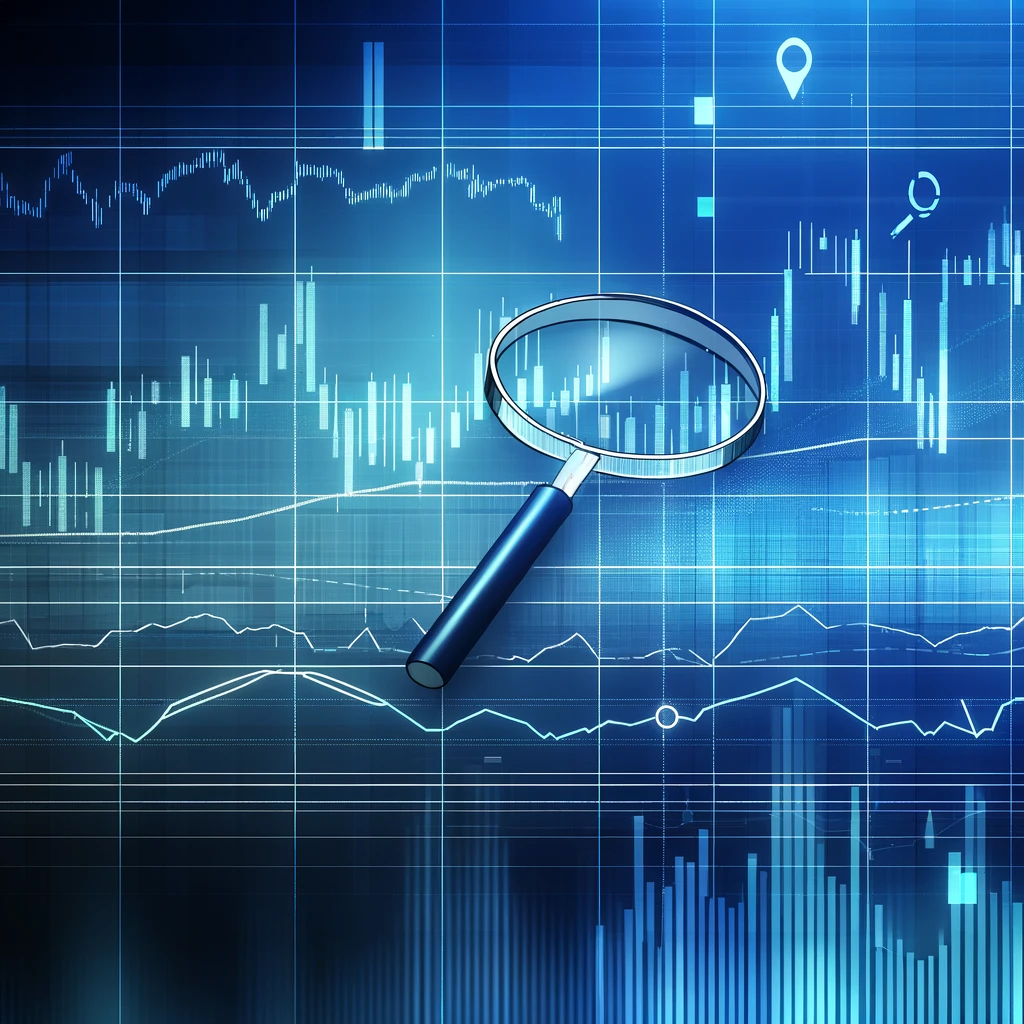Apa itu analisis teknikal?

Analisis Teknis (TA) dalam Dunia Perdagangan Kripto: Inti dan Penerapan
Sejarah dan Pengembangan TA
Bentuk awal analisis teknis muncul pada abad ke-17, namun analisis modern terkait dengan karya Charles Dow, pendiri The Wall Street Journal. Teorinya menjadi dasar dari TA modern.
Prinsip Kerja
Analisis teknis menyelidiki harga aset saat ini dan sebelumnya, dengan asumsi bahwa fluktuasi harga tidak acak dan berkembang menjadi tren yang dapat dikenali dari waktu ke waktu.
Alat TA
Pedagang menggunakan berbagai indikator untuk mempelajari tren pasar dan mengidentifikasi peluang yang menguntungkan. Contohnya termasuk rata-rata bergerak, indeks kekuatan relatif, dan garis Bollinger.
Sinyal Perdagangan dalam Analisis Teknis: Prinsip Dasar dan Kritik
Pemahaman Sinyal Perdagangan
Indikator dalam analisis teknis tidak hanya membantu mengidentifikasi tren umum, tetapi juga memberikan informasi tentang titik masuk dan keluar potensial dari pasar. Sinyal untuk pembelian dan penjualan dihasilkan dalam kondisi tertentu, misalnya ketika indikator RSI melebihi level 70, menunjukkan overbought di pasar, atau turun di bawah 30, yang dapat menunjukkan oversold.
Kritik terhadap Analisis Teknis
Meskipun analisis teknis banyak digunakan, para kritikus menyebutnya sebagai alat yang tidak dapat diandalkan yang kadang-kadang menjadi "ramalan yang menjadi kenyataan sendiri." Ini berarti bahwa hasilnya dapat terdistorsi karena keyakinan massal dalam indikator tertentu.
Perbandingan dengan Analisis Fundamental
Analisis teknis berorientasi pada data historis dan volume perdagangan, sementara analisis fundamental memperhitungkan berbagai faktor seperti manajemen perusahaan, persaingan pasar, dan laju pertumbuhan. Kedua metode tersebut memiliki kelebihan dan kekurangan masing-masing, dan sering digunakan secara bersamaan.
Kesimpulan
Pada akhirnya, banyak pedagang dan investor menganggap bahwa penggunaan baik analisis teknis maupun fundamental dapat bermanfaat untuk membuat keputusan yang berbasis pada pasar keuangan.




